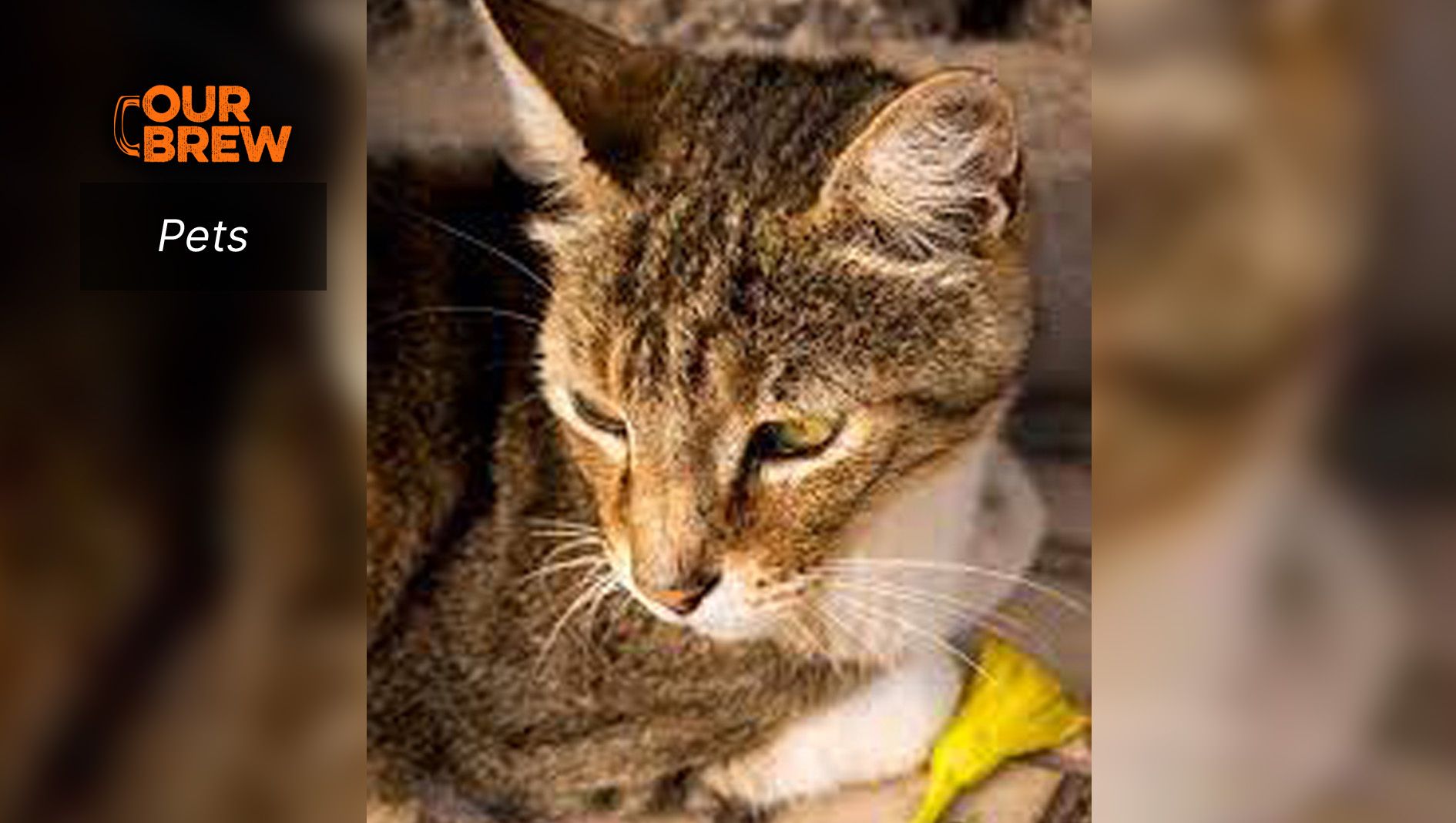by Mariana Burgos
The function of the liver in any living organism is very important for it to live a long, good life.
In the article “Liver Disease in Cats,” the International Cat Care (ICC) stressed one of the biggest organs in your pet’s body is the liver. It is vulnerable to sickness and injury since it is nestled between the lungs and the stomach, which is why it is crucial to understand its activities.
A cat’s liver, like the human liver, serves several important functions in their health. It is responsible for the production of hormones, proteins, and glucose (energy), as well as the removal of waste materials, medicine, and poisons from the blood.

ICC said that another important role of the liver is to store vital materials such as vitamins, iron, and energy. Furthermore, it aids in the battle against illnesses by creating immunological factors and eliminating germs from the blood, ensuring that your cat remains healthy and happy. A healthy liver will also aid your pet’s body in the digestion and absorption of fat and other essential nutrients.
A number of conditions can affect the liver, and other diseases (for example, diabetes, hyperthyroidism, and lymphoma) can also cause liver damage.
Cats are more susceptible to liver illness because they lack specific metabolic pathways in the organ that would allow them to deal with certain poisons.
What are the signs that your cat has liver disease?
Veterinarian Michael Kearley, in “Liver Disease in Cats” on the PetMD website, said that unless in the late stages or caused by a more severe form of liver illness, the most symptoms include lethargy, vomiting, diarrhea, loss of appetite, weight loss, bruising and/or bleeding that is unusual, thirst and urine increase.
Liver illness is also associated with jaundice (yellowing of the skin, eyes, or gums), ascites (fluid buildup in the abdomen), or signs of hepatic encephalopathy and behavioral abnormalities such as circling and head pressing, seizures, and coma.
How is liver disease diagnosed?

Veterinarans Krista Williams and explained in their article “Liver Diseases in Cats” that in moderate or early cases of liver disease, the indications are frequently very non-specific, and further diagnostic tests will be required to determine its existence. Because the liver is in charge of so many metabolic tasks, there is a large range of blood and urine laboratory tests that may be used to examine liver illness and function. Any changes in the size or appearance of the liver will be shown by radiographs (X-rays) and ultrasonography.
How is liver disease in cats treated?
Kearley said dependng on the underlying reason, liver illness in cats can be cured. Medications and food are frequently indicated as primary therapies. Because the liver is in charge of numerous tasks linked to digestion and nutrition metabolism, a diet that needs less labor from the liver might be beneficial.
To treat liver illness, medications such as SAMe, acetylcysteine, vitamin supplements, and ursodiol are frequently used.
To halt disease development and allow the liver to recover, supportive treatment such as IV fluids, pain management, antacids, and anti-nausea medications—and even a feeding tube—might be advised. Plasma transfusions may be required in severe situations, and chemotherapy and/or surgery may be considered if appropriate.
How can the right diet help?
The liver is an organ with an incredible ability to repair itself, and it can function even when up to 75 per cent of it is damaged or eliminated. A properly tailored food can be a successful therapy for liver illness in cats, assisting in disease management and returning your cat’s liver to normal.

Because the liver is involved in digestion and metabolism of all main food categories, conventional advice is to give a diet that “reduces the workload” of the liver. However, the best technique to accomplish this in cats is less obvious than in other species. Although reducing protein intake may be advantageous for some liver disorders, the cat is an obligate carnivore that requires high quantities of high-quality animal protein in its diet. Dietary fats are limited in the majority of animal species with liver disease, including humans. Because cats have high dietary fat needs, dietary fat restriction is of dubious utility in cats.
In cats with liver illness, dietary carbohydrate levels should be kept to a minimum. However, the most important consideration in feeding a cat with liver illness is that the cat continues to eat. As a result, palatability is an important factor when deciding the best food for a cat with liver illness, especially if the cat has a weak appetite. Special prescription diets have been developed to satisfy the needs of cats with liver illness, and your veterinarian may advise you to feed one of these scientifically developed diets to your cat.
If you liked what you just read and want more of Our Brew, subscribe to get notified. Just enter your email below.


Related Posts
Understanding Pets With Special Needs
Mar 03, 2025
Can Cats Eat Basil Leaves?
Feb 20, 2025
The Right Way to Pick Up, Hold, and Carry Your Dog
Feb 17, 2025